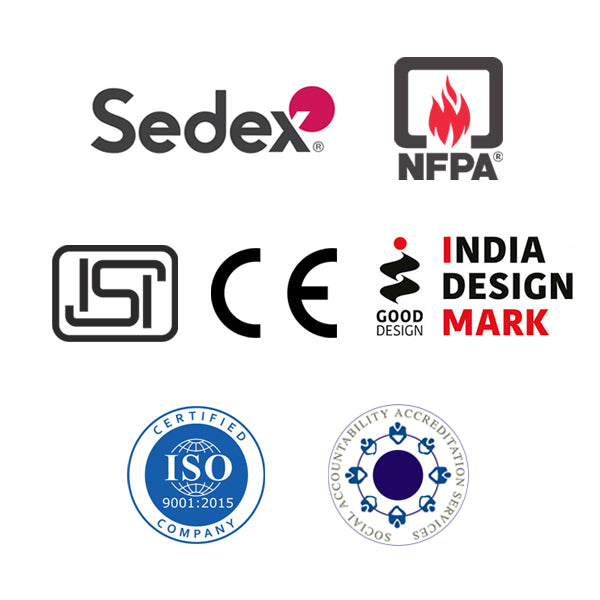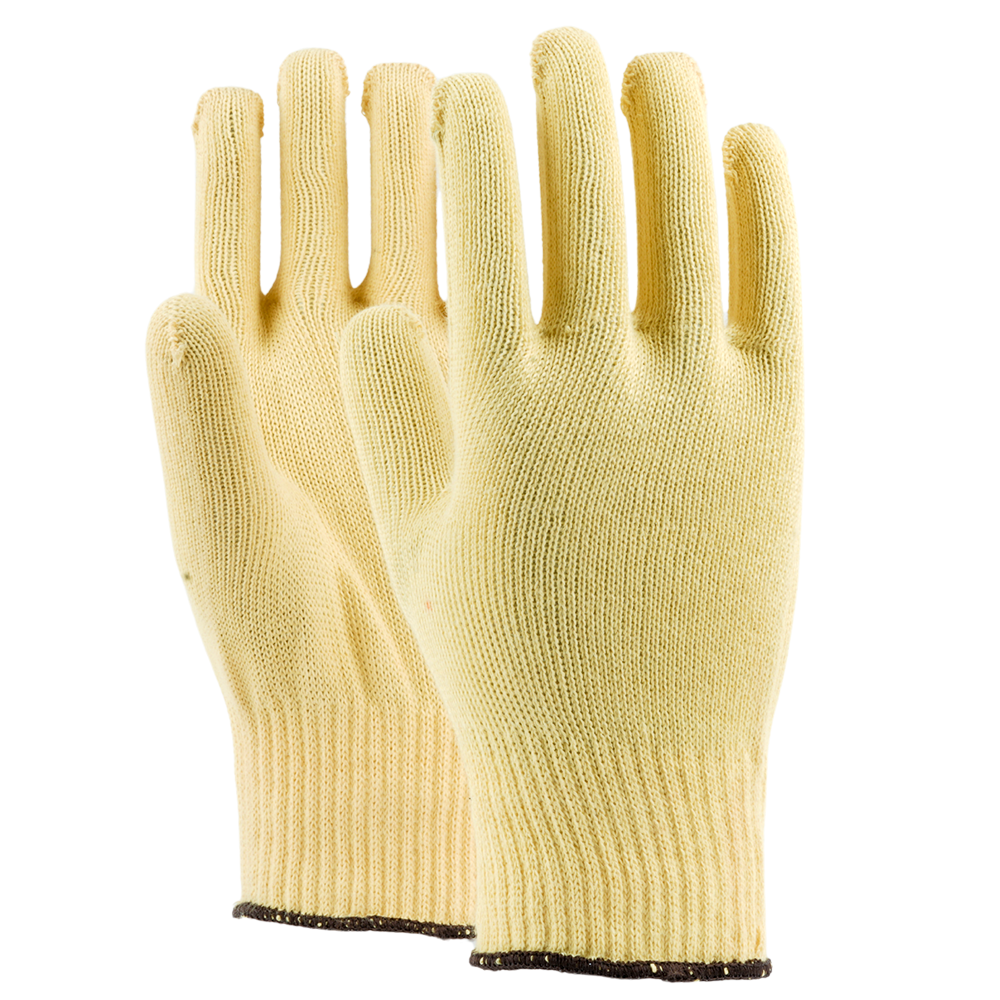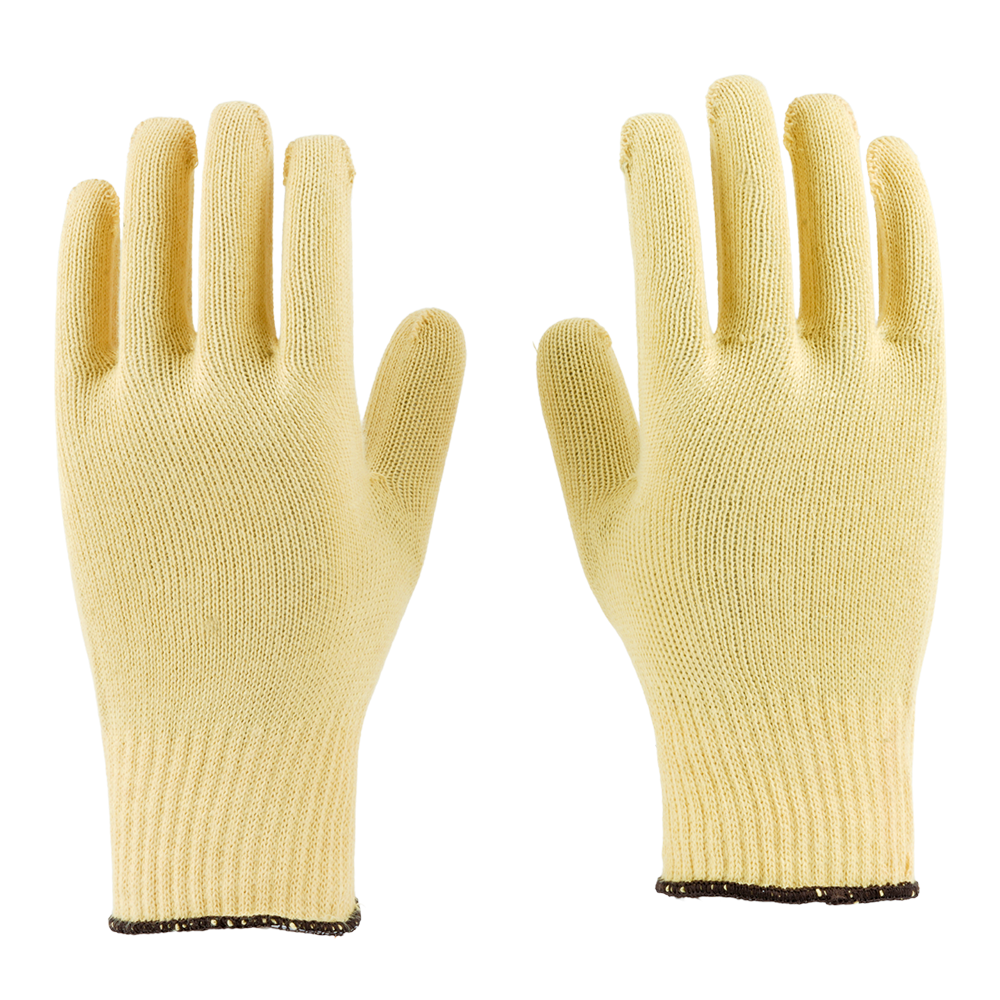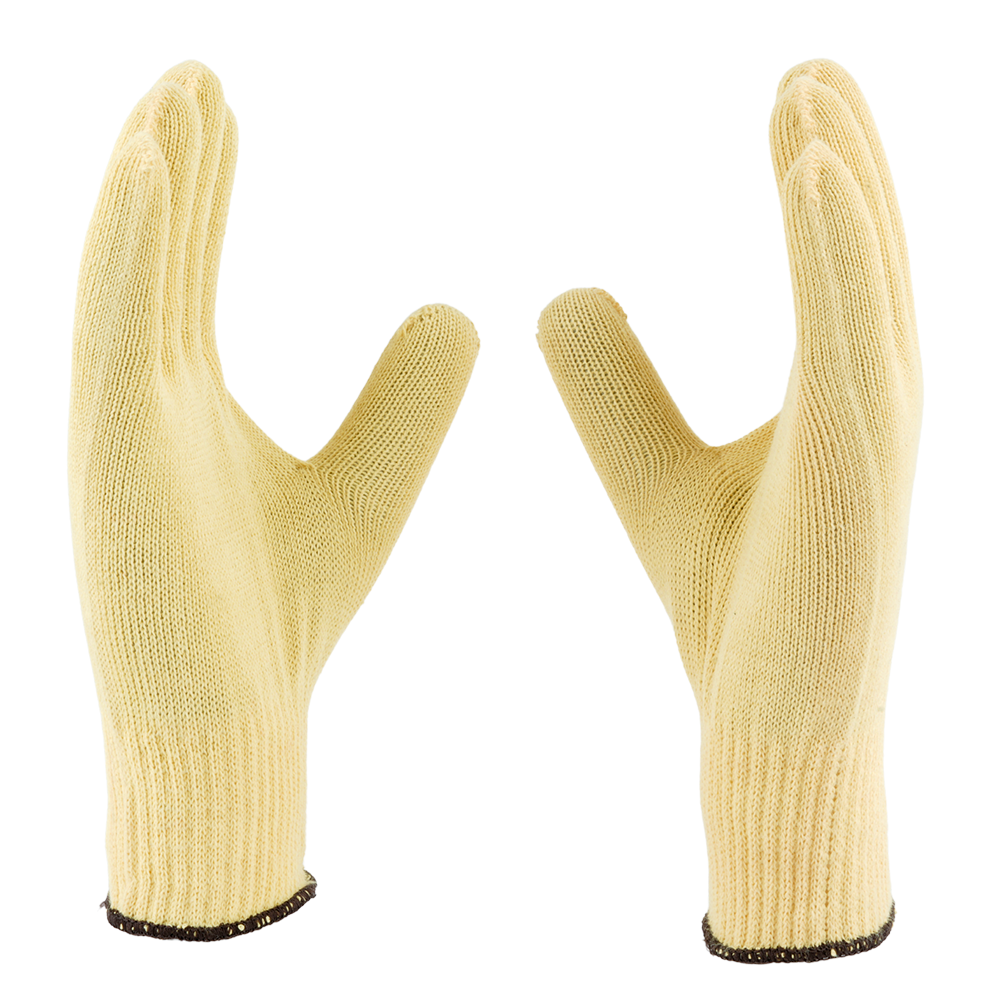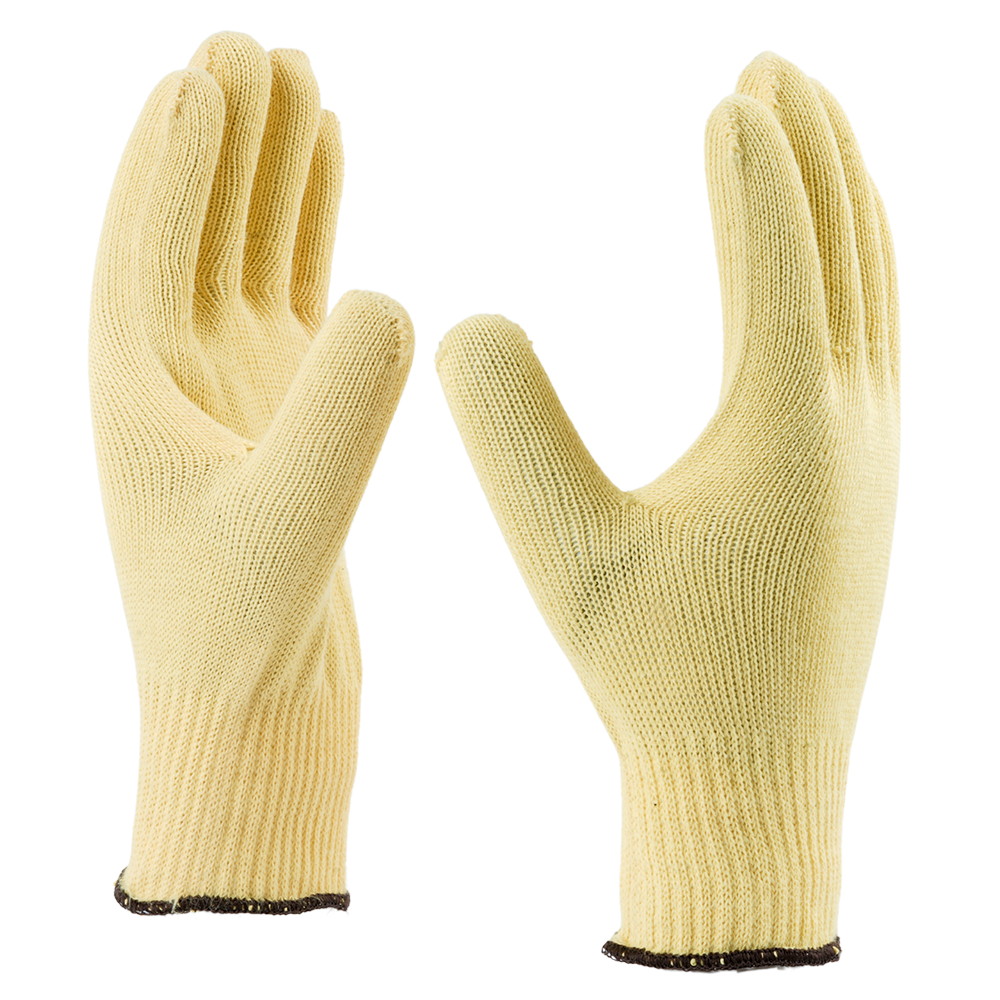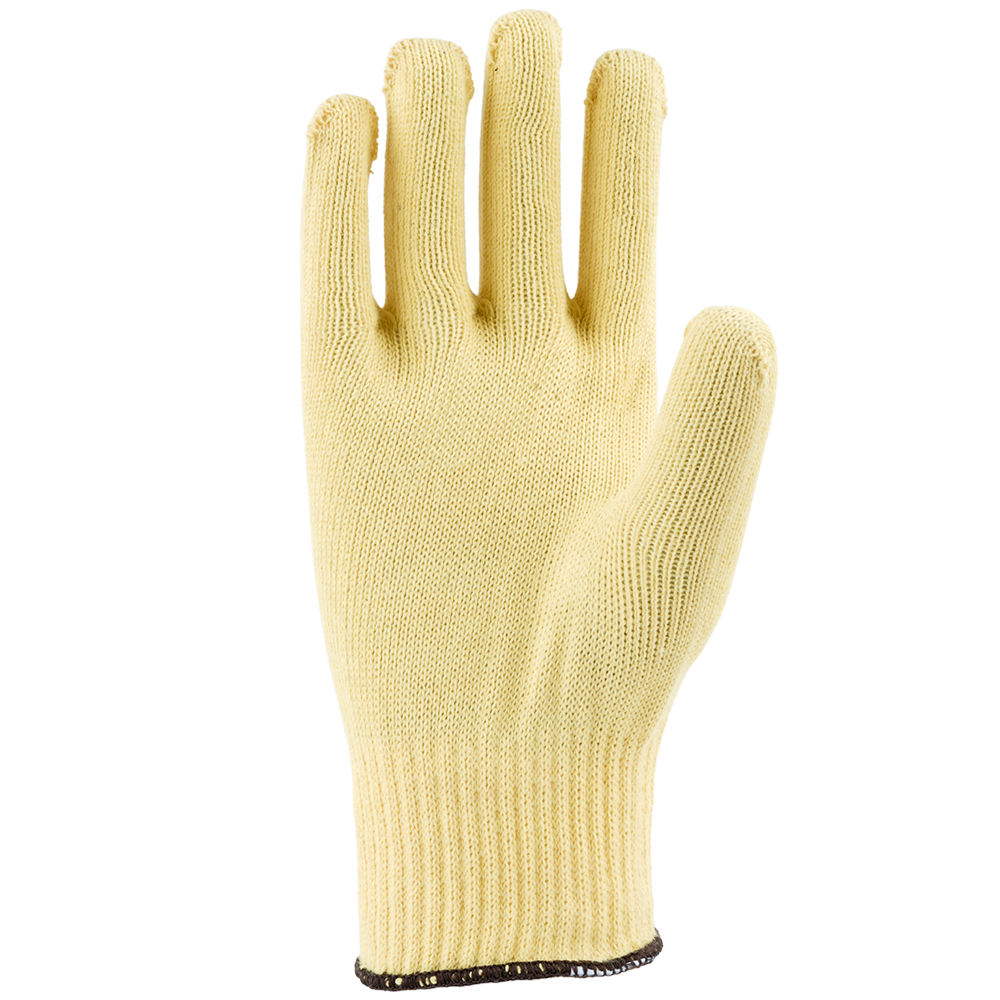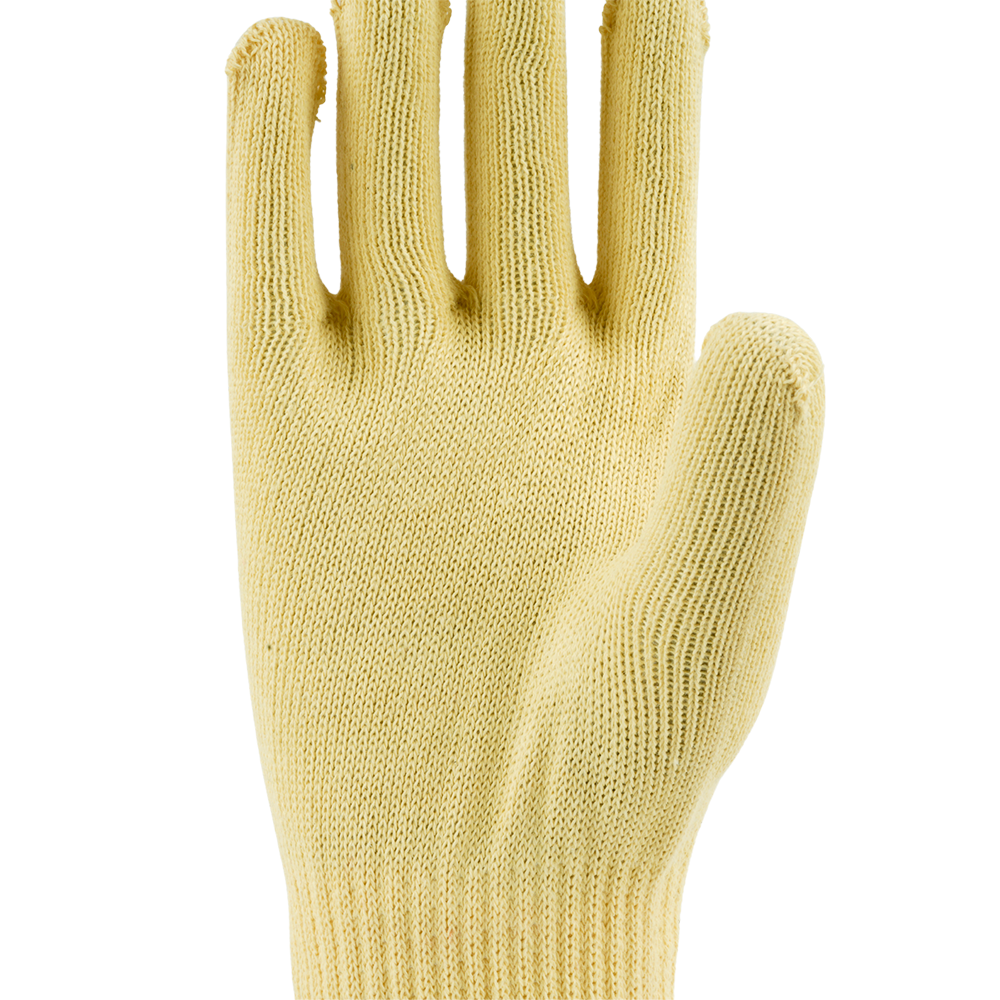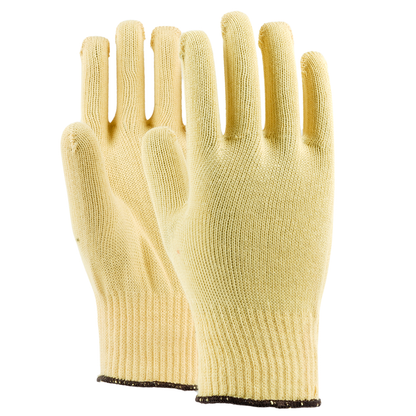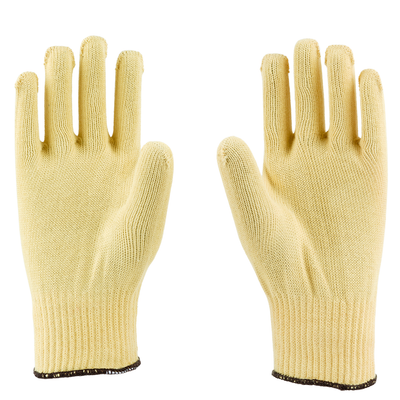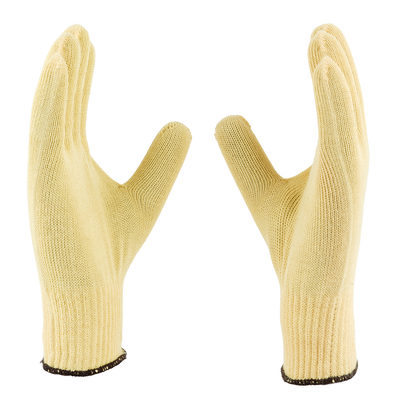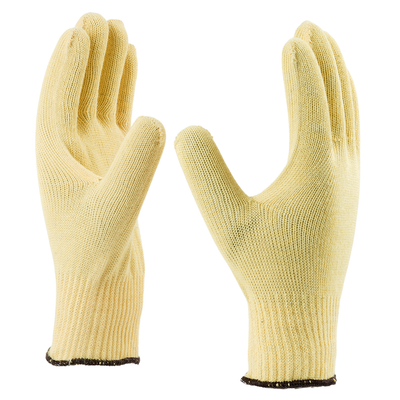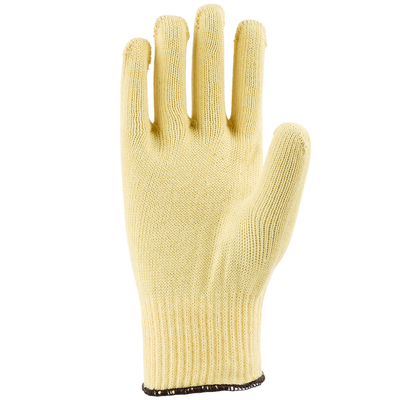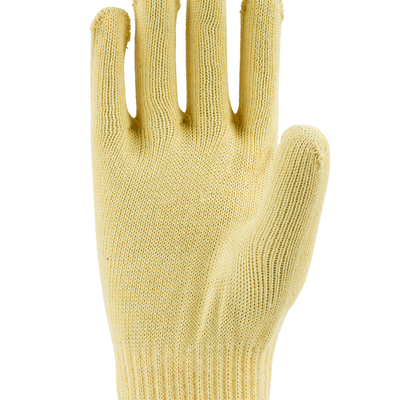K007/K010
Share
Para Aramid Gloves
- Heat resistant para-aramid dotted glove
- 7G and 10G 100% para aramid seamless shell
- PVC dots are available on palm sight
Flame
Heat
Spark
Abrasion
EN 388
Delivery & Services

Easy Return
with our 15 days return poicy
Regular price
Rs. 0
Sale price
Rs. 0
Regular price
Tax included.
Shipping calculated at checkout.
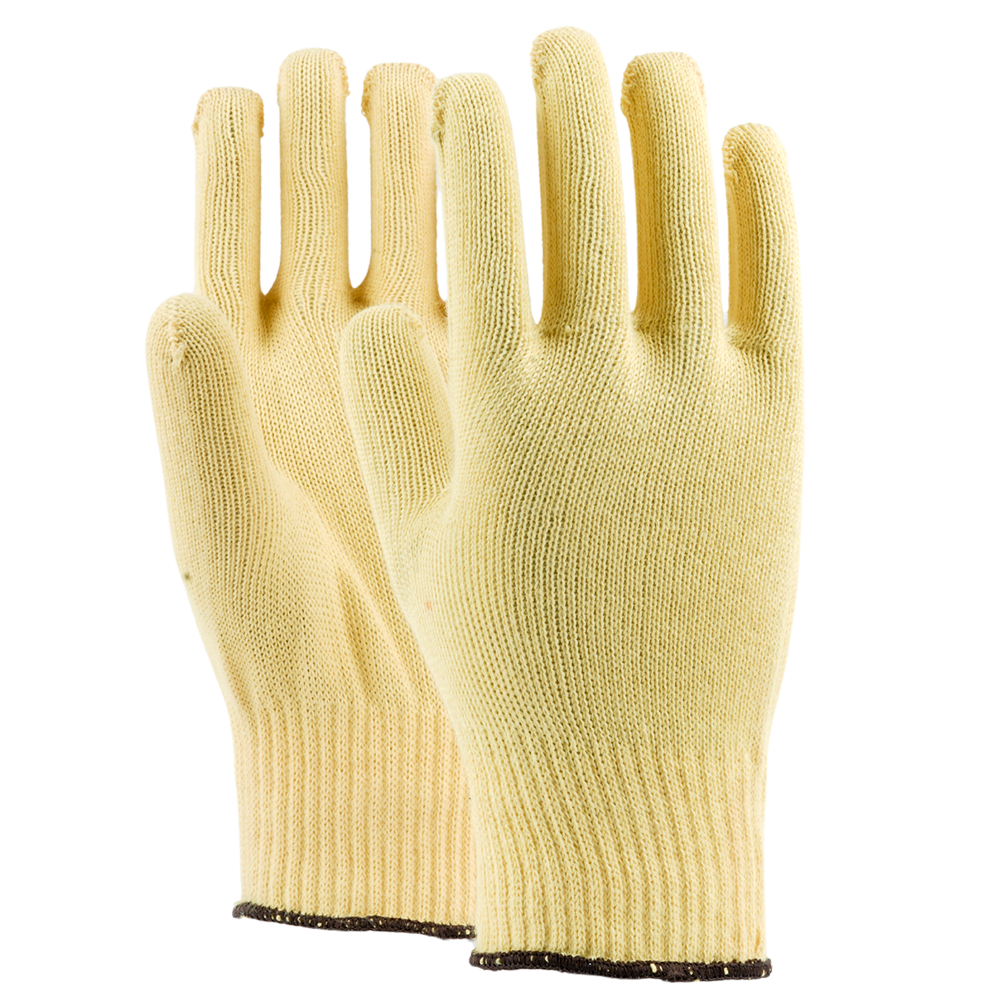


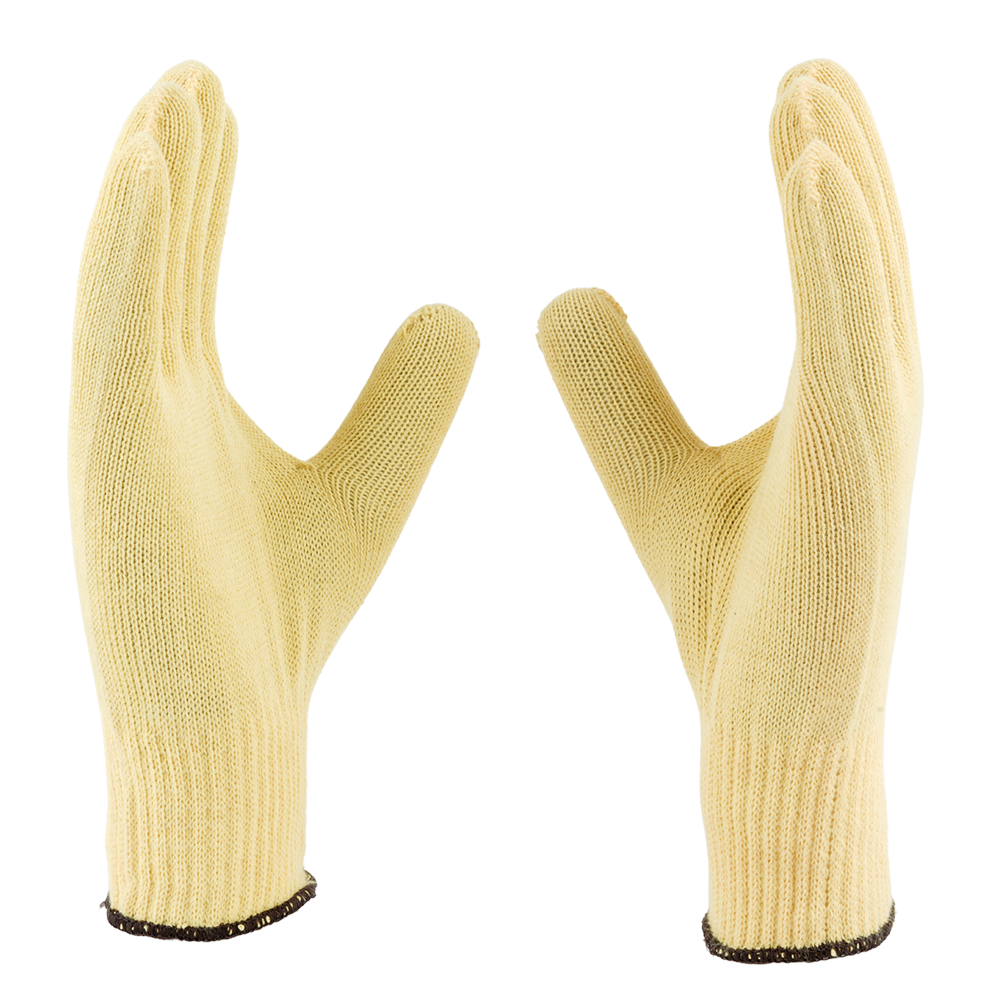
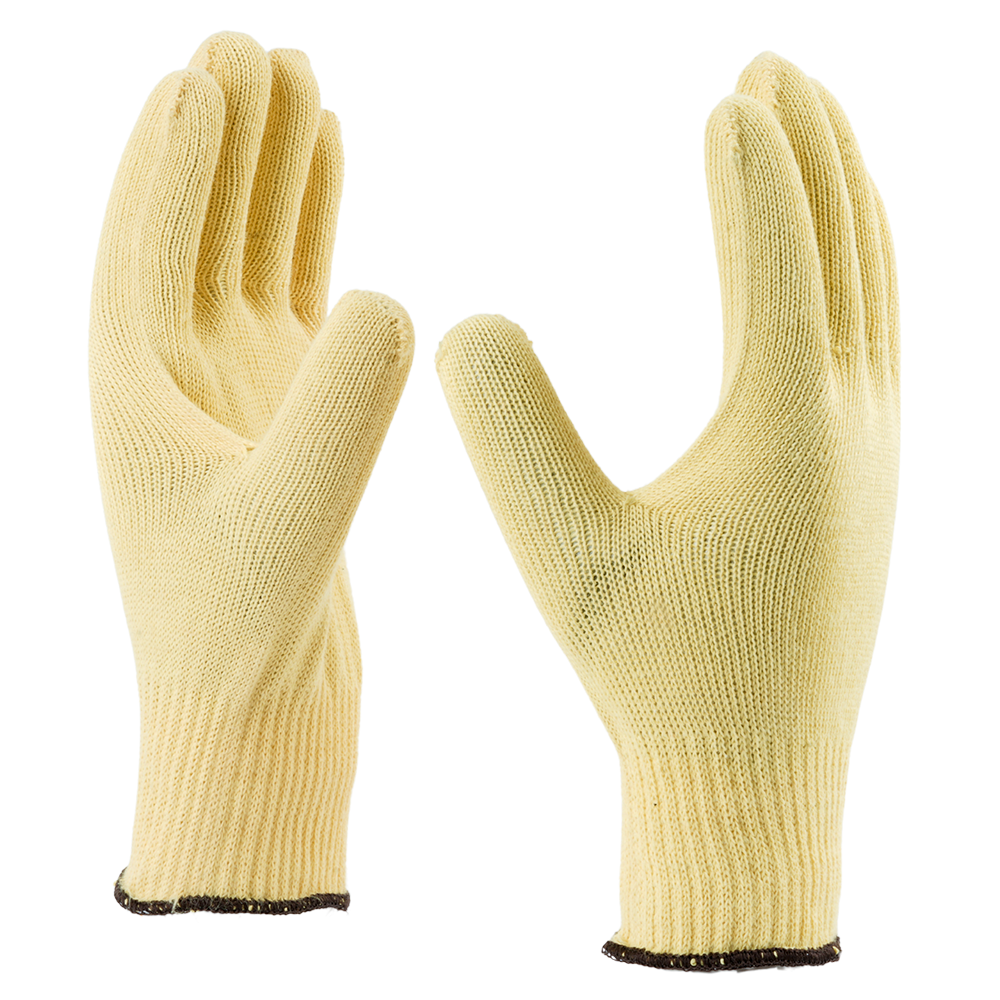
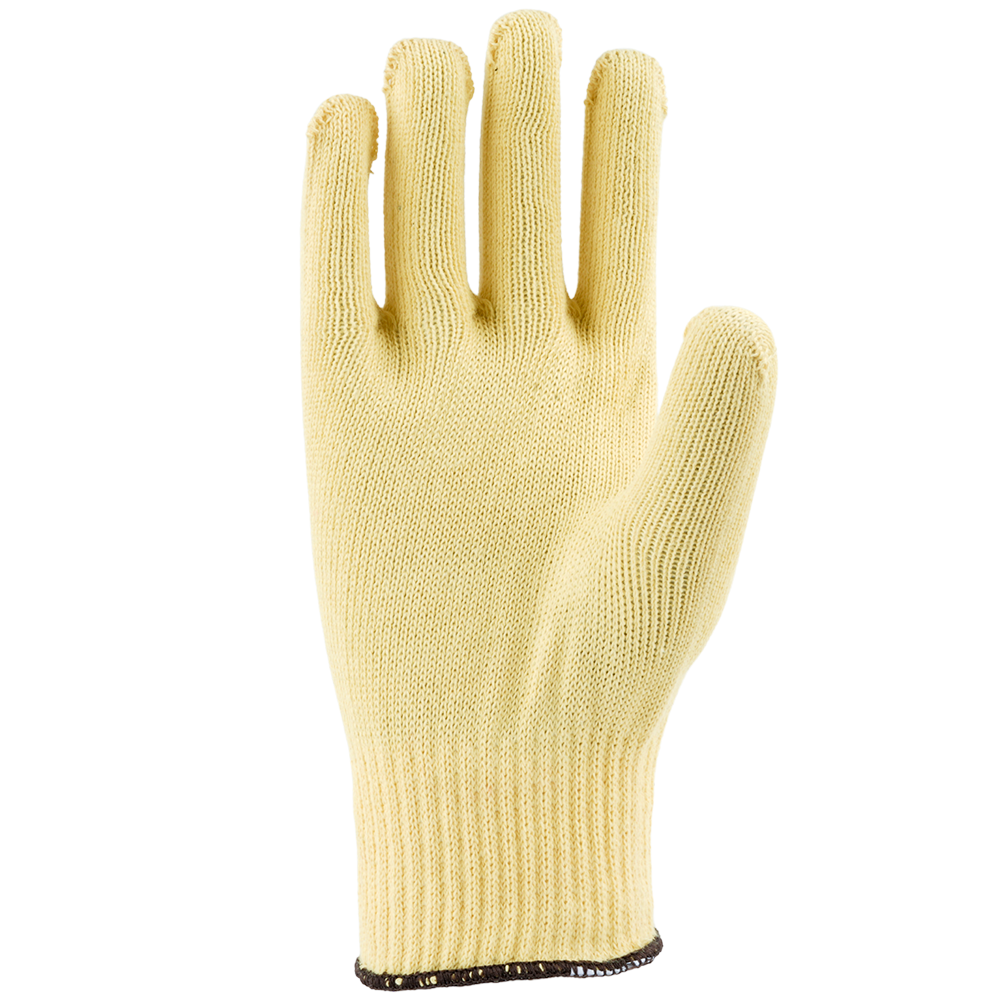

ABOUT THE DESIGN
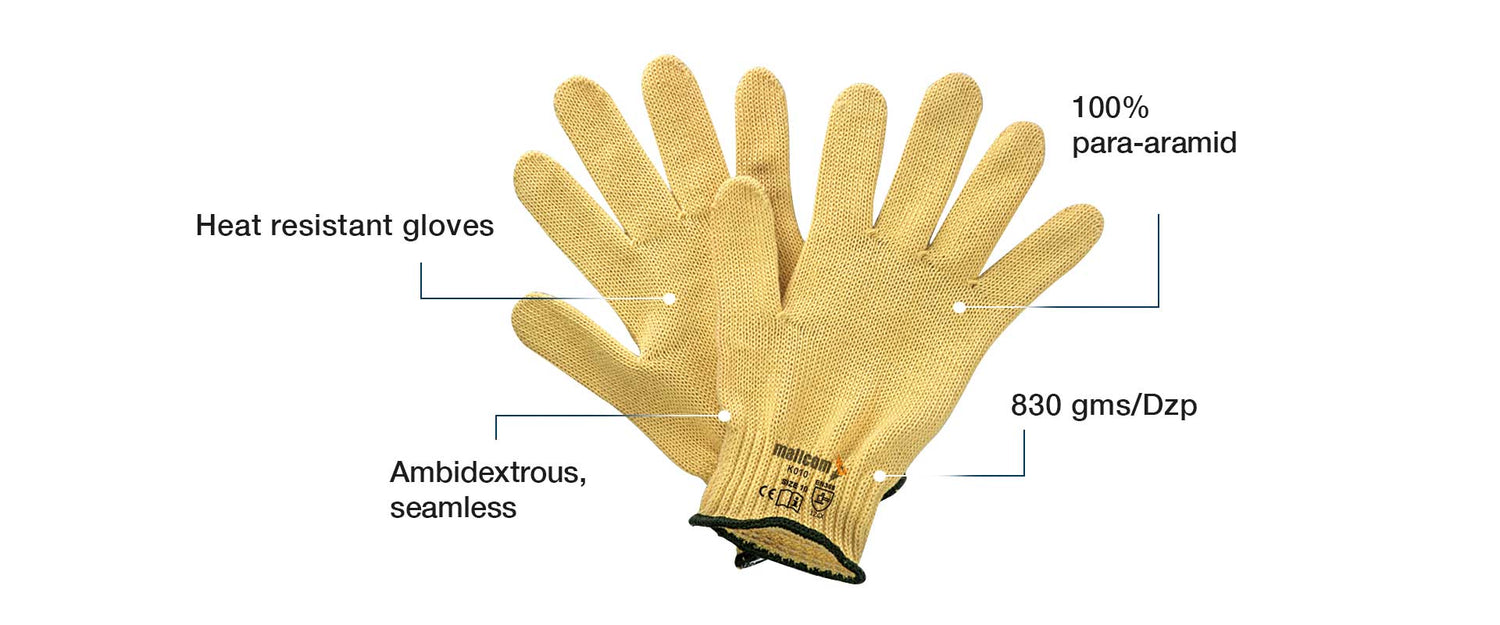
USEFUL IN THESE INDUSTRIES
Automobile
Iron & Steel
Metullargy
Repairs & Maintanance

Product Features
ABOUT THE DESIGN
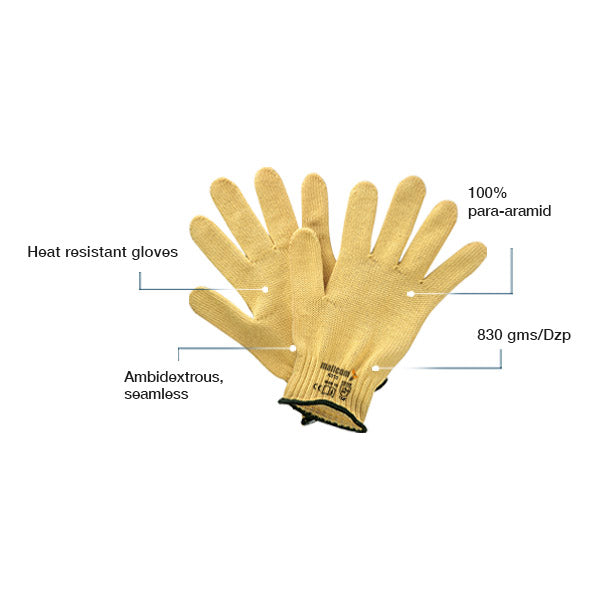
USEFUL IN THESE INDUSTRIES
Automobile
Iron & Steel
Metullargy
Repairs & Maintanance
Product Details
